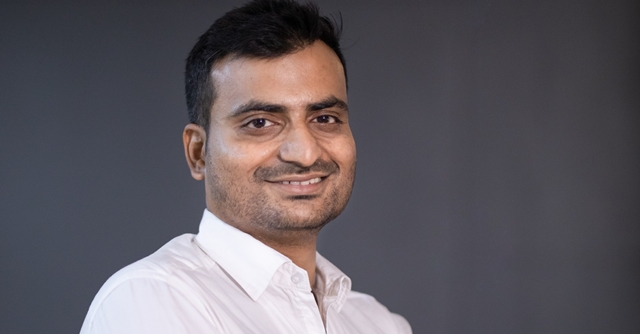
Data driven HR: Leveraging people analytics for better business outcomes


As organisations continue to evolve, we are witnessing a new era in HR, where people analytics is no longer confined to basic metrics like attrition rates. People analytics is transforming how companies hire, engage, and retain talent.
According to McKinsey, organisations that effectively leverage people analytics are 21% more likely to outperform competitors in profitability and experience 25% less turnover. Yet, many companies are still figuring out how to best use data to drive meaningful change.
Tech consolidation and people analytics go like a hand in glove

The era of fragmented HR systems is ending, and tech consolidation is becoming the new norm. Historically, companies used multiple tools to manage payroll, performance, recruitment, onboarding, talent management and employee engagement, often creating data silos that limited their ability to see the bigger picture. Today, the integration of HR functions into a single platform enables real-time access to data across the employee lifecycle, providing a more complete understanding of workforce dynamics.
This shift isn’t just about operational efficiency—it’s about leveraging data to make better strategies and be more proactive. A Deloitte report highlighted that 64% of HR executives are ramping up investments in integrated HR platforms. The result? Companies are now sitting on a million on data points, when analysed, can reveal trends and insights previously hidden in silos.
Broadening the Horizon with Smarter and Deeper Use Cases

With escalating digitisation of work and a heightened focus on talent, organisations continue to have more and more access to work and workforce data. Predictive analytics is helping businesses revolutionize areas like talent acquisition, not just by finding qualified candidates, but by predicting who will thrive long-term. Similarly, real-time data is transforming employee engagement strategies, allowing HR teams to adjust in the moment rather than waiting for annual feedback surveys.
In the realm of modern talent management, continuous data collection and feedback loops enable a more dynamic approach. Organisations can now identify top performers, anticipate burnout, and offer personalised career development paths. This new breadth of data-driven capabilities allows HR to play a more proactive role in shaping talent strategies.
Data, alone, is just the noise

The real challenge, however, isn’t just having more data—it’s making it useful. Many companies struggle with turning data into insights that drive action. Dashboards, though helpful, are often too static, offering only a rearview mirror view. To fully leverage data, organisations must make it accessible and actionable, not just for HR but for all stakeholders, from executives to line managers.
The future of data-driven HR lies in hypothesis-driven AI. Today, companies are leveraging data to proactively prevent the loss of critical talent, shifting from generic, "one-size-fits-all" approaches to personalized interventions. Well-being is no longer addressed reactively; instead, data is used to pre-empt issues and customise solutions. Additionally, learning and development efforts are being closely monitored, not just for completion but for their return on investment (ROI) and business impact. The results are tangible, and the value is measurable ushering in a new phase of strategic HR that is driven by actionable insights and concrete outcomes.
India’s HR landscape is at a crucial juncture

While global trends are shaping HR practices, India’s diversity, regional differences, and varying levels of digital literacy create complexities that require a nuanced approach to people analytics. According to PwC, only 35% of Indian companies use advanced HR analytics, compared to 67% in the US, but this gap is closing quickly as organisations recognise the need for data-driven strategies.
AI and machine learning are increasingly being used in Indian companies, particularly in sectors like IT, e-commerce, and financial services. These technologies are helping HR leaders predict workforce needs, enhance employee engagement, and reduce attrition. As India’s talent market grows more competitive, especially in tech and knowledge-based industries, the ability to use data for strategic workforce planning is becoming essential.
There are early signs of progress

While many companies are still on the path to full HR data maturity, early adopters are already seeing substantial results.
A leading Indian bank aimed to make its learning programs more data-driven by measuring the effectiveness of its major training initiatives. The bank conducted a learning ROI analysis, comparing business outcomes between employees who completed the training and those who did not, with all external factors normalised. Surprisingly, only 20% of the intended business KPIs were positively impacted by the training, significantly lower than expected. This revelation led the bank to reassess its learning strategy, with a new goal of achieving a 70% KPI impact and ensuring a positive ROI for all training programs.
We are the new dawn

As organisations increasingly harness data-driven insights, both CHROs and CXOs are empowered to manage talent more effectively, enhance employee well-being, and implement impactful skilling initiatives. Analytics and AI make these outcomes scalable, accelerating decision-making and reducing manual effort, ultimately driving greater business value with speed and precision.

Chaitanya Peddi
Chaitanya Peddi is Co-founder and Product Head at Darwinbox.
